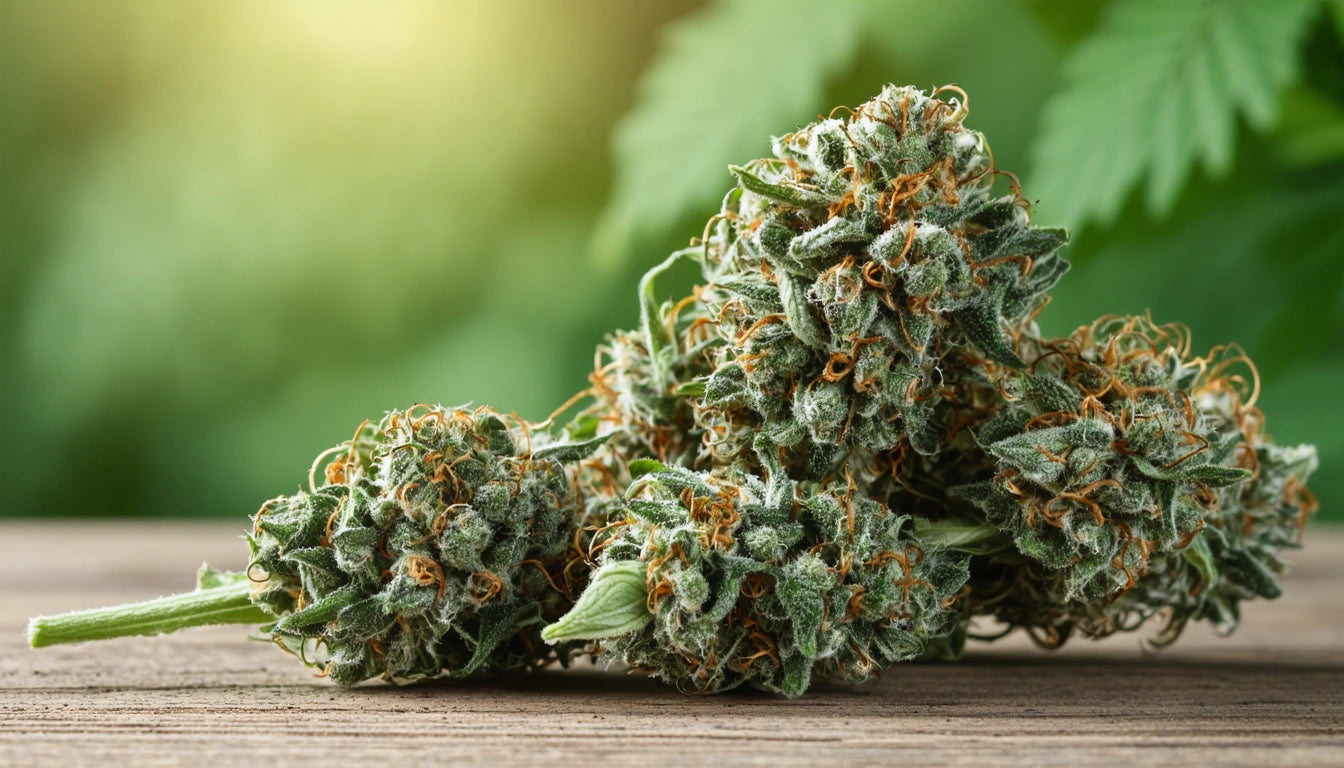Table of Contents
Top Nutrient Solutions for Optimal Autoflower Growth
Autoflowering cannabis varieties have revolutionized home growing with their speed, convenience, and resilience. However, these plants have unique nutritional requirements compared to their photoperiod counterparts. Finding the best nutrients for autoflowers can significantly impact your harvest quality and quantity.
Unlike photoperiod plants, autoflowers have a predetermined life cycle that transitions from vegetative to flowering stage based on age rather than light cycles. This compressed growth period means they need precisely timed nutrition to reach their full potential.
Understanding Autoflower Nutritional Needs
Autoflowering cannabis has different nutritional requirements due to its Ruderalis genetics and accelerated growth cycle. These plants typically need:
- Lower overall nutrient concentration (about 50-75% of what photoperiod plants require)
- More careful timing of nutrient transitions
- Greater emphasis on micronutrients
- Less nitrogen during the early flowering transition
According to research on optimizing autoflower growth, these plants are more sensitive to nutrient burn, making the selection of appropriate fertilizers crucial to success.
Best Nutrients for Each Growth Stage
Seedling Stage (Weeks 1-2)
During the first two weeks, autoflowers require minimal nutrients. The best approach is:
- Use pre-fertilized soil with light nutrient content
- Avoid additional feeding for the first 10-14 days
- If needed, use a very diluted seedling nutrient solution ( ¼ strength)
- Focus on root development with products containing beneficial microbes
Vegetative Stage (Weeks 2-4)
As autoflowers enter their brief vegetative stage, they benefit from:
- Higher nitrogen (N) content
- Moderate phosphorus (P) and potassium (K)
- Calcium and magnesium supplements
- Humic and fulvic acids for improved nutrient uptake
The best nutrients for autoflowering plants during this stage typically have an NPK ratio around 3-1-1 or 4-2-3, but at reduced strength compared to photoperiod plants.
Early Flowering (Weeks 4-6)
This transition period is critical for autoflowers:
- Gradually reduce nitrogen
- Increase phosphorus and potassium
- Transition to bloom-specific nutrients
- Add bloom boosters with caution (at 50% recommended strength)
Late Flowering (Weeks 6-10)
During the final push to harvest:
- Focus on phosphorus and potassium (P-K heavy formulas)
- Add bloom enhancers and trichome boosters
- Consider adding molasses for organic grows
- Implement a proper flush 1-2 weeks before harvest
For precise measurements during feeding, accurate digital scales are essential tools that help maintain consistency in your nutrient mixing process.
Organic vs. Synthetic Nutrients for Autoflowers
Both organic and synthetic options can be effective as the best fertilizer for autoflowers, but they work differently:
Organic Nutrients
Advantages:
- Gentler on plants with lower risk of nutrient burn
- Improve soil biology and structure
- Often enhance flavor profiles
- Environmentally sustainable
Popular organic options include compost tea, worm castings, bat guano, and fish emulsion.
Synthetic Nutrients
Advantages:
- Precise nutrient ratios
- Immediate availability to plants
- Consistent results
- Often produce higher yields
Many growers find that a hybrid approach works best, using quality soil as a base with light synthetic supplementation.
Top Nutrient Brands for Autoflowering Cannabis
Several manufacturers have developed specialized formulations that qualify as the best autoflower nutrients:
- Fox Farm Trio: A popular three-part system that works well at half-strength for autoflowers
- Advanced Nutrients: Their pH Perfect technology eliminates the need for constant pH adjustments
- BioBizz: Organic line that's particularly gentle for autoflowers
- General Hydroponics Flora Series: Versatile three-part system that can be precisely adjusted
- Emerald Harvest: Simple two-part base nutrients with specialized supplements
Many growers report success with specialized autoflower nutrient kits that provide stage-specific formulations.
Soil Amendments and Supplements
Beyond base nutrients, several amendments can improve results when growing autoflowers in soil:
- Mycorrhizae: Fungal networks that extend root systems and improve nutrient uptake
- Silica: Strengthens cell walls and improves stress resistance
- Enzymes: Break down dead root matter and prevent buildup
- Beneficial bacteria: Improve soil health and nutrient availability
- Calmag supplements: Essential for preventing common deficiencies
These supplements work best when incorporated into a comprehensive growing strategy.
Feeding Schedule and Techniques
The best liquid nutrients for autoflowers should be applied according to a carefully planned schedule:
- Start with plain pH-adjusted water for the first 1-2 weeks
- Begin nutrients at ¼ strength, gradually increasing to ½ strength
- Feed every other watering to prevent buildup
- Monitor plant response and adjust accordingly
- Reduce feeding during the final 7-14 days (flushing period)
For soil growers, the frequency of feeding depends on your medium. Pre-amended soils may require fewer nutrient applications than lighter mixes.
Maximizing Autoflower Potential with Proper Nutrition
The best nutrients for autoflowers in soil are those that balance immediate plant needs with long-term soil health. By understanding the unique requirements of autoflowering cannabis and timing your nutrient applications correctly, you can achieve results comparable to traditional photoperiod plants in a fraction of the time.
Remember that environmental factors like light, water, and space interact with nutrition to determine your final results. The most successful growers view nutrition as one component of a holistic growing system.
By selecting appropriate nutrients, monitoring plant response, and adjusting as needed, you'll be well on your way to maximizing the potential of your autoflowering cannabis garden.











Leave a comment
All comments are moderated before being published.
This site is protected by hCaptcha and the hCaptcha Privacy Policy and Terms of Service apply.